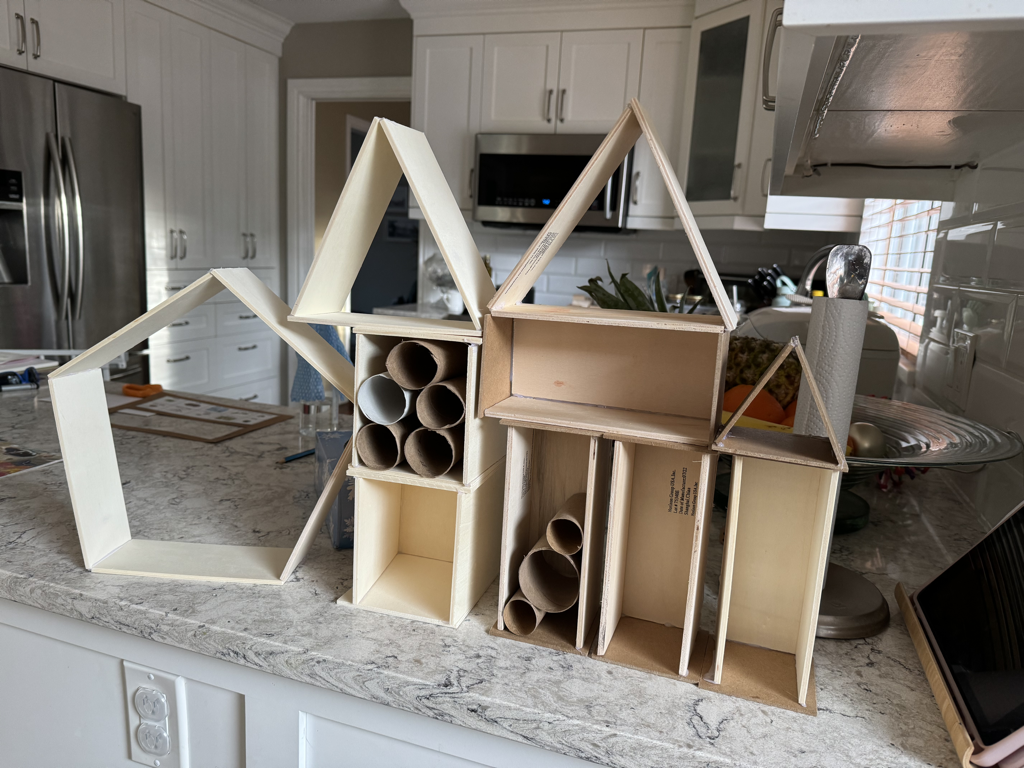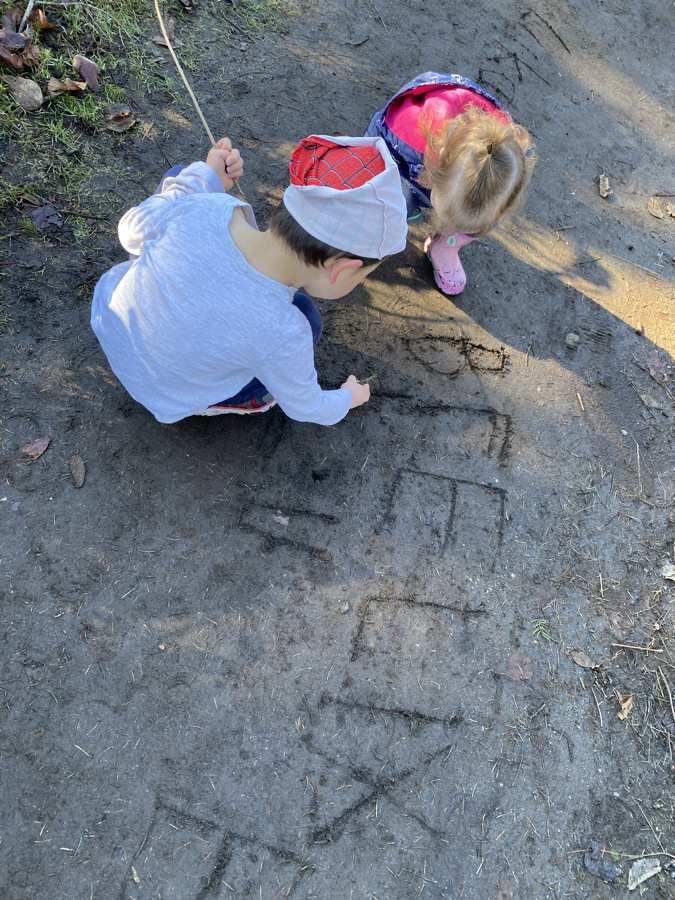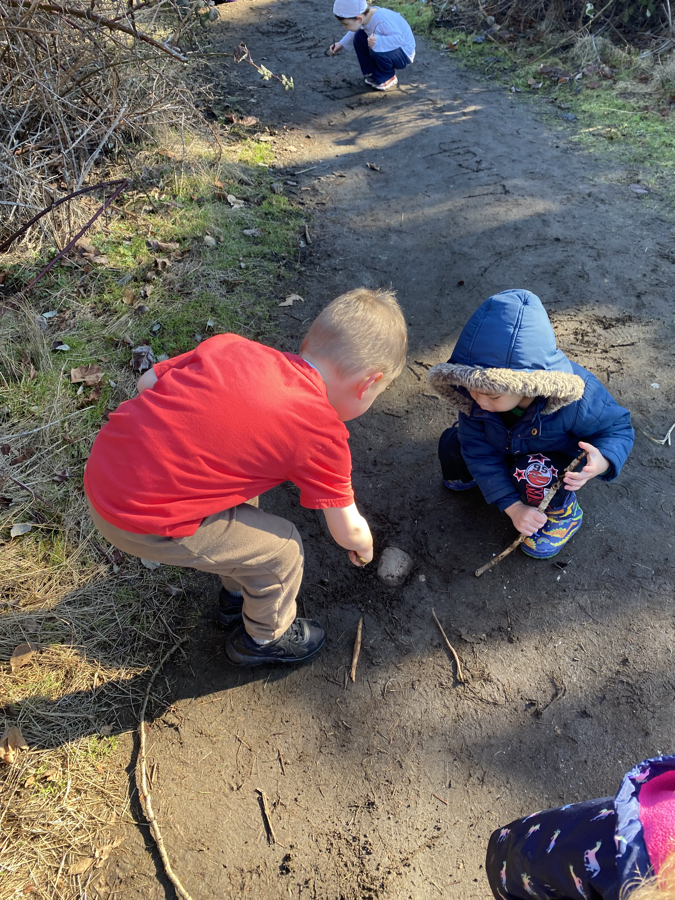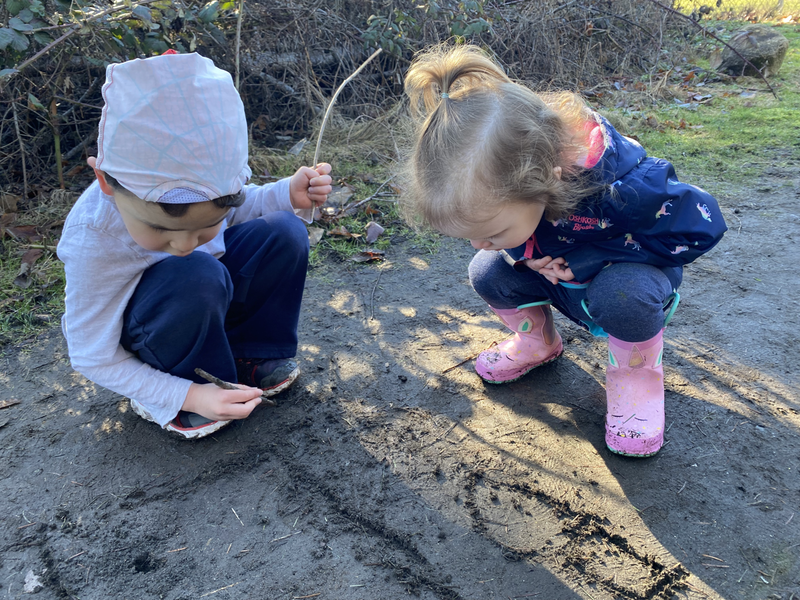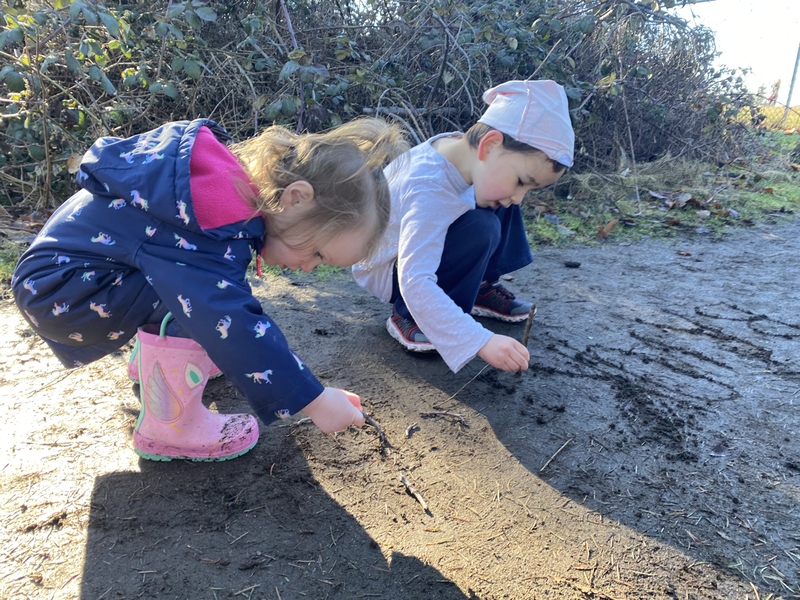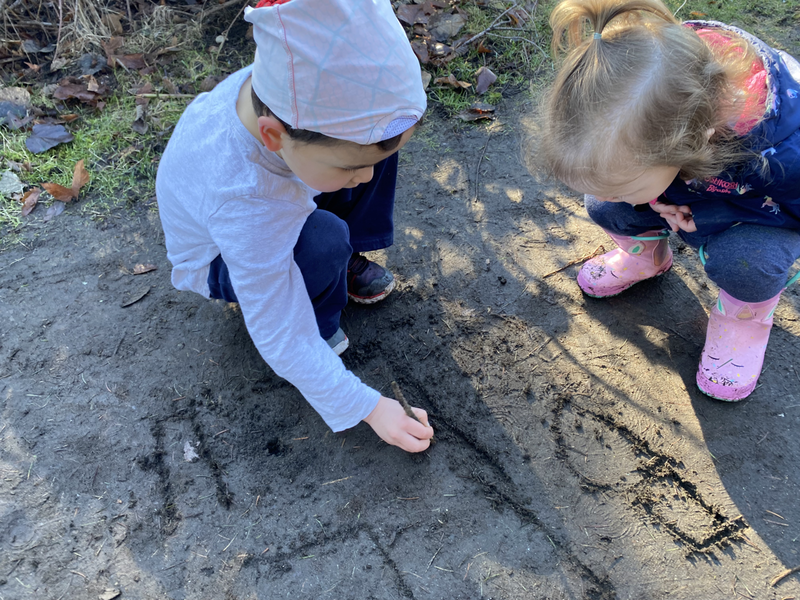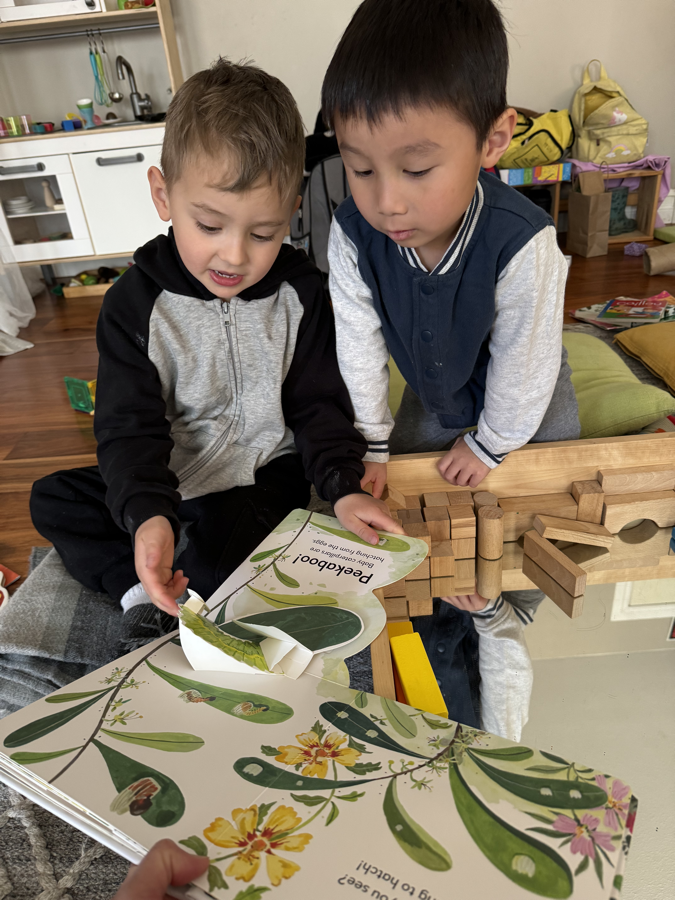|
We understand the power of storybooks in illuminating our hearts and minds. The Last Stop on Market Street, acclaims many awards, brings us through the journeys of giving. This illustrated children's book follows a young boy named CJ as he accompanies his grandmother, (nicknamed Nana) on the city bus to volunteer at a soup kitchen. After encountering a blind man and witnessing a handicapped person, causing CJ to finally feel true beauty. Sometimes we struggle with an appreciation for what we already have. The story teaches us that we can find beauty in everywhere and everyone as well as the difference between our wants and needs. Through our discussion it is interesting to hear someone or something in a new light. For example, a friend perceives a homeless situation as "a person who delivers things". Through reading it together we try to unpack little by little. Noticing how CJ and grandma give up their seat to a blind man. Giving something, as an appreciation, to a musician who plays his guitar. We role play a situation whereby a musician's contributions is being appreciated to extend our spirit of giving. What can we give? Can we give our time, resources, talents, and so on and so forth? Research suggests that we have a deeply rooted instinct to share and to help others, from the time we are very young - one study even finds that toddlers enjoy giving to others more than they like getting treats for themselves. Children, it seems, have a strong, natural drive to be kind and generous. We learn through our daily context to relate to and support one another. Brooks and Elie can be heard to ask if he or she is able to give a hand to Yoyo (Yohanan) collectively to put the pieces of puzzles together. Willingness to give our pieces of clay whenever we observe a friend is in need certainly inculcates an emerging awareness in Brooks’ real-life experience of what giving is all about. He cut a whole piece into four pieces of a quarter each. It is an ability to sense and provide or contribute something without expecting anything in return. After we work with writing whom we would like to give to or what we wish to give, we pose this question to ourselves “do we notice that we receive more when we feel and act in a giving way?” Vivaan expresses his wishes and messages onto cards prior to hanging onto our Christmas tree branches. Metaphorically, Brooks’ experiment with an overflowing effect of baking soda meets vinegar is a representation of our feeling grateful for what we wish to spread appreciation and joy around. There are so many things to be gifted: time, kindness, attention, time, knowledge, and so on and so forth. For example, Yoyo and Brooks share to one another their interests of spelling their names. Giving is an act of art for it sums up the most beautiful wishes, feelings, and messages. The way Elie and Brooks interact with the snowflakes on the screen projects the connectivity between our actions and others. We can discover the daily ways we act as givers to our parents, siblings, neighbors, the earth, and those in need around us by recognizing our small but significant gift-giving actions. Some questions we can propose to us are as follows:
In the spirit of learning more about giving, we would like to put a collective effort to gather our pre-loved items which are still in good condition. We choose to support a volunteer-run, non-profit, charitable organization the Surrey Christmas Bureau. The collection of the items is between December 08, 2022 and December 20, 2022.
Kindest, Children & Friends.
0 Comments
Leave a Reply. |
No part of this publication may be reproduced, distributed, or transmitted in any form or by any means, including photocopying, recording or any other electronic or mechanical methods, without the prior written permission of the publisher.
Archives
July 2024
|
